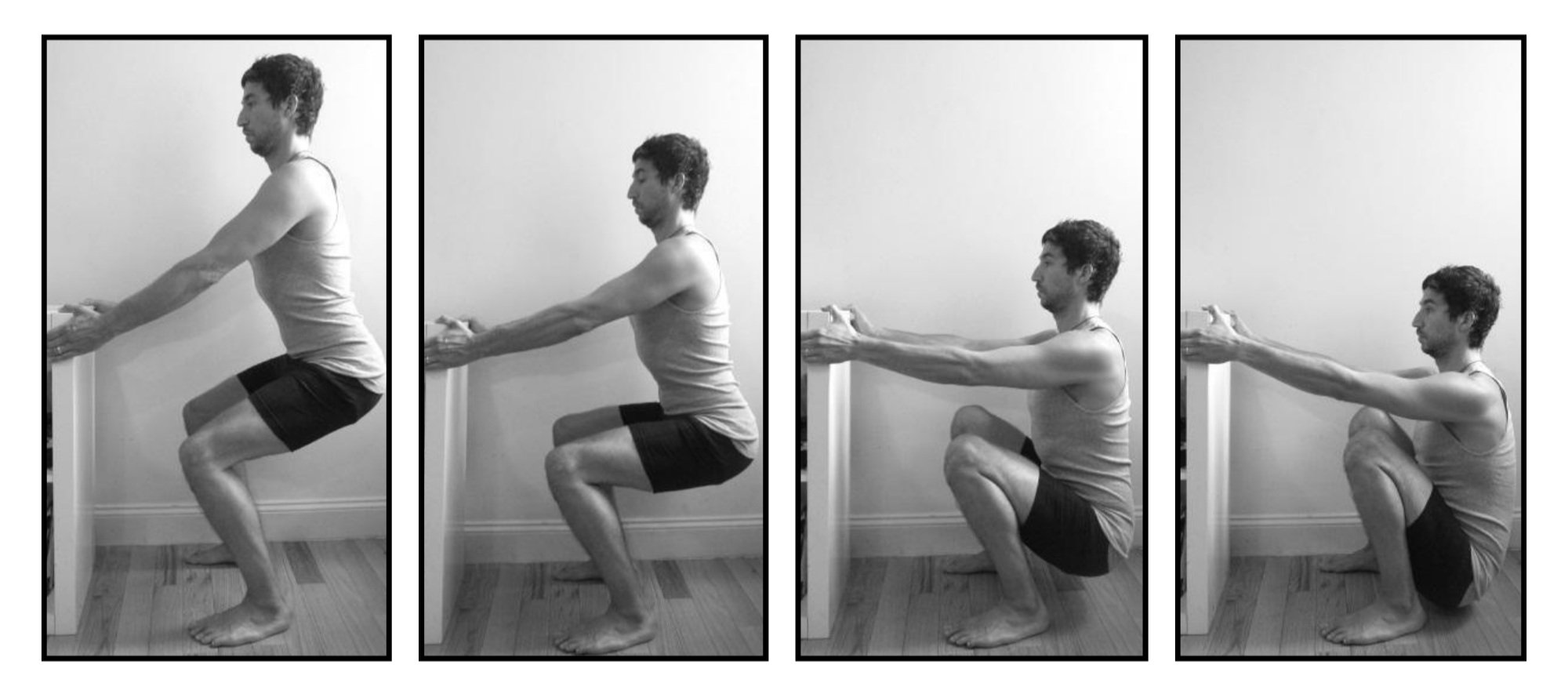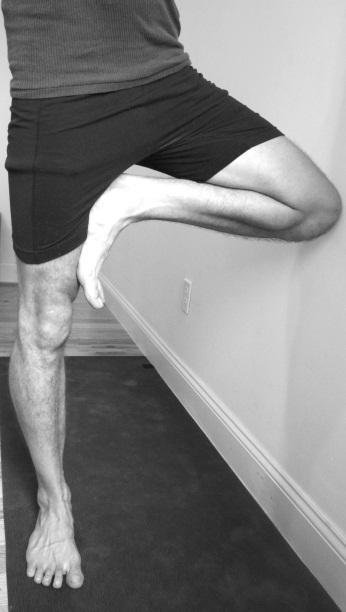
The Science of Sound Yoga and Sound Healing: An Exploration into the Power of Sound
The world of sound yoga and sound healing, encompassing practices like sound meditation and sound yoga therapy, offers a fascinating glimpse into the intersection of ancient wisdom and modern science. This field, integral to yoga teacher training, leverages the power of sound to both heal and harm. Understanding this dual nature of sound is critical for anyone pursuing teaching yoga or yoga accreditation.
The Dual Nature of Sound
Sound possesses the remarkable ability to organize neural activity and positively stimulate our bodies. It can boost endorphins, lower blood pressure, reduce stress hormones, and even increase levels of immune-cell messenger molecules that help regulate the activity of other immune cells. This aspect of sound contributes significantly to re-balancing our emotions.
Conversely, sound also has the potential to negatively impact our well-being. It can increase blood pressure, disturb digestion, raise our breathing rate, and interfere with sleep. This dichotomy underscores the importance of understanding and harnessing sound in therapeutic contexts, particularly in sound yoga therapy.
Entrainment and Resonance: The Foundations of Sound Healing
Entrainment, a concept discovered by Dutch scientist Christian Huygens, involves modifying brain waves, breath, movement, emotion, or thoughts by matching the rhythm of an external stimulus like sound or music.
For instance, slow music can entrain your pulse to a slower rate, while chaotic sounds can heighten emotional tension. This phenomenon is pivotal in sound yoga, where specific sounds and rhythms are used to positively alter brain waves.
Entrainment explains how certain sounds and rhythms can change brain waves.
Resonance, originating from the Latin verb “resonare,” refers to the change in an object’s vibratory rate in response to external vibrations. This concept is a cornerstone in sound meditation and sound yoga therapy, highlighting our natural tendency to seek resonance from early life stages.
Sensing Sound: From Womb to World
Our journey as vibration-sensing beings begins in the womb. The development of ears as the first sense organ and the fetus’s ability to process sound during the second trimester are pivotal in our early interactions with sound. Alfred Tomatis, a pioneer in psychoacoustics, revealed that fetuses can differentiate between novel and familiar sounds, indicating the beginnings of learning through sound.
The mechanics of hearing involve a complex process where sound waves travel through the ear, causing various reactions that eventually translate into sound in our brains. This process is integral to understanding how sound therapy impacts us.
Beyond Hearing: Bone Conduction and the Vagus Nerve
Dr. Tomatis’s research extended beyond traditional hearing to bone conduction, demonstrating that we also hear through vibrations in our bones. This finding is particularly relevant in Sound Yoga Therapy, where the singing voice and certain instruments can stimulate the vestibular system, impacting balance and spatial awareness.
Furthermore, the ear’s connection to every body organ through the vagus nerve reveals how sound can influence our entire body. Stimulating the vagus nerve with soothing sound can induce a state of calm throughout the body, a principle leveraged in sound healing practices.
The Role of Nitric Oxide in Sound Healing
Nitric Oxide (NO) plays a crucial role in our body’s response to sound. This gas molecule, vital for the healthy function of all organ systems, is rhythmically released into tissues. Stress reduces NO production, triggering a sympathetic response. Conversely, increased NO production fosters a parasympathetic state, leading to relaxation. Intriguingly, simple actions like humming can significantly increase nasal NO production, highlighting the power of sound in physiological processes.
The Bottom Line
The science of sound yoga, sound baths and sound healing present a compelling blend of ancient practices and modern scientific understanding. As we delve deeper into yoga teacher training and yoga therapy online training, incorporating sound meditation and sound yoga therapy becomes increasingly relevant. By harnessing the power of sound, we can positively impact our physical, emotional, and mental well-being, making this an exciting and evolving field in holistic health and wellness.
Interested in sound yoga, sound healing and in learning how to incorporate sound into your yoga practice or profession? Join Jessica Caplan, Dana Slamp and more this spring – live and online – for Sound Yoga Therapy. CE’s with Yoga Alliance and credit towards our Yoga Therapy Certification. Call us at Prema Yoga Institute and advance your yoga teaching career today!
Introduction to Therapeutic Yoga for the Knee
Are you curious about how yoga can help manage knee pain and what it takes to become a skilled yoga instructor or yoga therapist capable of guiding others through this journey? This blog delves into the relationship between yoga and knee health, emphasizing the critical role of yoga instructor training and yoga accreditation in fostering effective, safe practices.
Understanding Knee Pain and Its Misconceptions
Knee pain is a common affliction, often misunderstood and mistreated. Pete Egoscue, a renowned pain therapist, highlights that pain experienced in one area, like the knee, might originate from imbalances elsewhere in the body. This insight is particularly relevant to yoga practice, where understanding the body’s kinetic chain is crucial. For aspiring yoga instructors and yoga therapists, grasping these fundamentals is a stepping stone towards an effective yoga practice.
The Role of Hatha Yoga in Addressing Knee Limitations
Hatha Yoga, known for its comprehensive engagement of the entire body, proves particularly beneficial for knee health. When practicing poses like Child’s Pose, Hero Pose, and Head to Knee Pose, limitations and pain in the knee often surface. This discomfort is typically due to two primary factors: improper knee tracking and insufficient space behind the knee. These issues stem from inflexibility in the hamstrings or quadriceps and can lead to misalignment and pain, potentially damaging the medial meniscus or knee ligaments.
Importance of Proper Training for Yoga Instructors
For those pursuing RYT 500 teacher training, it’s important you understand these nuances. Why? For example, classical sun salutations (coming through anjaneāsana in transition from uttanāsana to adho mukha svanāsana) are instrumental in lengthening the quadriceps and hamstrings, promoting knee flexibility and health. However, extreme angles require careful support to avoid injury. Techniques like using a towel or blanket in Hero’s Pose help create the necessary space and reduce pressure, demonstrating the kind of knowledge expected from a certified yoga instructor.
Tailoring Yoga Practices to Common Knee Conditions
Addressing common knee conditions, such as a torn meniscus and various forms of arthritis, requires a tailored approach. Yoga professionals - especially those with a yoga therapy certification - are trained to observe and adapt to each student’s unique needs. In the context of knee pain, building supporting muscle groups through classical standing poses like Warrior 2 and trikoṇāsana is essential. These asanas, when executed correctly, can effectively build knee strength without exceeding a 90-degree angle.
Yoga Poses for Enhancing Knee Flexibility and Health
In addition to understanding the complexities of knee pain and the importance of yoga teacher training, it’s essential to know specific poses that can promote knee health. These poses are designed to enhance flexibility and support the overall well-being of the knees.
Assisted Squat A for Range of Motion
Start with feet wider than hips, toes slightly turned out. This stance helps in distributing weight evenly and ensures proper alignment.
Holding onto a stable object that won’t move during the squat is crucial. This support assists in maintaining balance and alignment.
This squat primarily focuses on building range of motion rather than strength, making it ideal for enhancing knee flexibility.
The squat engages the joints of the ankles, knees, hips, and spine, offering a comprehensive lower body workout.
If there’s an issue in the lower body, using the arms to hold onto something helps lighten the load, reducing strain on the knees.
Assisted Squat with Blanket Prop for Gentle Progression
Achieving a full squat, down to the heels, isn’t essential initially. Aiming for a 90-degree angle is a suitable starting point.
If experiencing discomfort, the student can rise slightly above the pain point. Gradually, one can work towards deepening the squat beyond the troublesome angle.
Placing a towel behind the knee can be helpful, especially if one struggles to move past a 90-degree angle. This prop reduces pressure in the knee, allowing for a more comfortable experience.
Assisted Squat B for Strength and Stability
Start with feet wider than hips and toes turned slightly outward, similar to Assisted Squat A.
Stand close to a wall, using a 20-pound weight for additional stability (more weight can be used depending on the student’s size). The wall serves as a corrective measure, preventing leaning too far forward and protecting the knees.
This technique is tailored to build both range of motion and overall strength in the body.
In this variation, the squat doesn’t go past 90 degrees, ensuring safety and comfort for the knees.
The weight acts as a counterbalance to the buttocks, aiding in achieving better balance. This method is particularly effective for individuals with longer legs, as it provides extra support and alignment.
The Bottom Line
As we navigate the path of yoga, it’s essential to remember that each individual’s journey is unique, requiring a personalized and compassionate approach to teaching and practice. Yoga therapy accreditation and therapeutic yoga teacher training play a pivotal role in this journey, providing the foundational knowledge and practical skills necessary to address diverse needs, especially in managing conditions like knee pain.
By understanding the mechanics of the knee, the role of alignment and flexibility, and the power of individualized instruction, future yoga instructors can become adept at guiding their students towards better health and well-being.
Are you a yoga teacher ready to take your teaching to the next level? Discover slow flow yoga and more in our annual training Prema Therapeutics Essentials with Jon Witt, C-IAYT, Dana Slamp, C-IAYT, Dr. Loren Fishman and more. This 100-hour online course counts towards a RYT 500 Teacher Training with Yoga Alliance AND your Yoga Therapy Certification with IAYT simultaneously. Call us at Prema Yoga Institute and advance your yoga teaching career today!
About Jon Witt
Jon Witt is a certified Yoga Therapist and Teacher and the co-lead faculty of Prema Yoga Therapeutics Essentials at PYI. He's a C-IAYT and E-RYT500-certified Senior Therapeutics Teacher, trained in Atmavikas Yoga Therapy in India and transitioned to yoga after a decade in competitive wrestling. Jon is a former Pure Yoga instructor in Hong Kong and has studied with renowned teachers like Dharma Mittra, Anthony Carlisi, and Baron Baptiste. Jon now teaches various styles including Yoga Therapy and Vinyasa in New York.
Introduction to Therapeutic Yoga for the Feet
Our feet and ankles play a vital role in our daily lives, supporting our body weight and allowing us to move with grace and ease. But, for many of us, the health and functionality of our feet are compromised due to factors like poor biomechanics, obesity, or the habitual use of high heels. These issues can lead to limitations in our yoga practice and even result in conditions such as peripheral neuropathy, plantar fasciitis, osteoarthritis, and bunions.
In this article, we will explore the importance of maintaining healthy feet and how therapeutic yoga can help address these challenges.
The Importance of Healthy Feet in Yoga
Before teaching yoga, instructors must first understand the biomechanics of the feet and ankles. The average person often has deficiencies in both strength and flexibility in these areas, leading to issues like poor balance and compromised poses.
Warrior 1-2 and Trikoṇāsana are examples of yoga poses that can reveal limitations in the feet and ankles. These limitations can hinder the proper execution of these asanas and may lead to tendonitis or other discomforts. It’s essential to address these limitations and help practitioners regain their foot and ankle flexibility.
The Anatomy of Foot Movement
The human foot and ankle are marvels of engineering, comprising 28 bones and 25 joints that allow for a wide range of motion. To facilitate this movement, various muscle groups come into play, responsible for actions such as dorsiflexion, plantarflexion, inversion (adduction), and eversion (abduction). These movements are essential for maintaining balance and mobility in yoga and daily activities.
One of the key takeaways here is that the health of our feet goes beyond aesthetics; it affects our overall physical well-being. This is where therapeutic yoga can make a significant impact by addressing limitations and promoting flexibility and strength in the feet.
Common Foot Conditions and How Yoga Helps
Peripheral Neuropathy. Peripheral neuropathy, often associated with diabetes, can cause numbness, tingling, and balance issues. Yoga, combined with specific foot exercises, can alleviate chronic symptoms by improving circulation and nerve function.
Plantar Fasciitis. This painful condition involves inflammation in the plantar fascia ligament on the underside of the foot. Yoga can help by stretching and strengthening the muscles and tissues in the feet, reducing tension on the plantar fascia.
Osteoarthritis of the Feet. Age and wear and tear can lead to joint pain and deformities in the feet. Yoga poses that encourage joint mobility and strength can provide relief and improve overall foot health.
Bunions (Hallux Valgus). Bunions can be caused by heredity or ill-fitting footwear and may result in pain and deformity of the big toe. Yoga can help by improving toe flexibility and strengthening the muscles that support the arch of the foot.
Yoga Poses for Foot Health
Vīrabhadrāsana I-II (Warrior 1-2)
These poses build balance, strength, and flexibility in the feet while challenging your body.
Utthita Trikoṇāsana (Extended Triangle)
This pose demands flexibility through the entire body, making it an excellent choice for improving overall foot health.
Vṛksāsana (Tree Pose)
Balancing poses with the support of a wall can help train proper balance on one foot, enhancing foot stability.
Bālāsana (Child’s Pose)
Child’s Pose can be more challenging for those with foot, ankle, or knee issues. Using props like blankets can make this pose accessible and beneficial.
Supta Pādāṅguṣṭhāsana (Reclined Extended Leg Pose) with Strap
This non-weight-bearing pose is great for restoring balance to the feet and improving flexibility.
Additional Exercises for Foot Health
Interlacing fingers between toes to improve toe alignment.
Using a ball to roll and release tension in the feet, aiding in conditions like plantar fasciitis and bunions.
Calf stretches to restore strength and flexibility to the feet and correct poor posture.
Foot circles, pointing, and flexing exercises to test and improve foot and ankle mobility.
The Bottom Line
Incorporating therapeutic yoga practices into your daily routine can have a significant impact on the health and functionality of your feet. Beyond enhancing your yoga practice, it can also alleviate common foot conditions and improve your overall well-being.
Aspiring yoga instructors and those seeking yoga accreditation should consider the importance of foot health and its connection to the rest of the body. By nurturing our feet, we can take significant steps toward a healthier, more balanced life. Whether you aim to become a yoga instructor or simply want to enjoy a pain-free yoga practice, remember that a solid foundation starts with healthy feet.
Are you a yoga teacher ready to take your teaching to the next level? Discover slow flow yoga and more in our annual training Prema Therapeutics Essentials with Jon Witt, C-IAYT, Dana Slamp, C-IAYT, Dr. Loren Fishman and more. This 100-hour online course counts towards a RYT 500 Teacher Training with Yoga Alliance AND your Yoga Therapy Certification with IAYT simultaneously. Call us at Prema Yoga Institute and advance your yoga teaching career today!
About Jon Witt
Jon Witt is a certified Yoga Therapist and Teacher and the co-lead faculty of Prema Yoga Therapeutics Essentials at PYI. He's a C-IAYT and E-RYT500-certified Senior Therapeutics Teacher, trained in Atmavikas Yoga Therapy in India and transitioned to yoga after a decade in competitive wrestling. Jon is a former Pure Yoga instructor in Hong Kong and has studied with renowned teachers like Dharma Mittra, Anthony Carlisi, and Baron Baptiste. Jon now teaches various styles including Yoga Therapy and Vinyasa in New York.





























